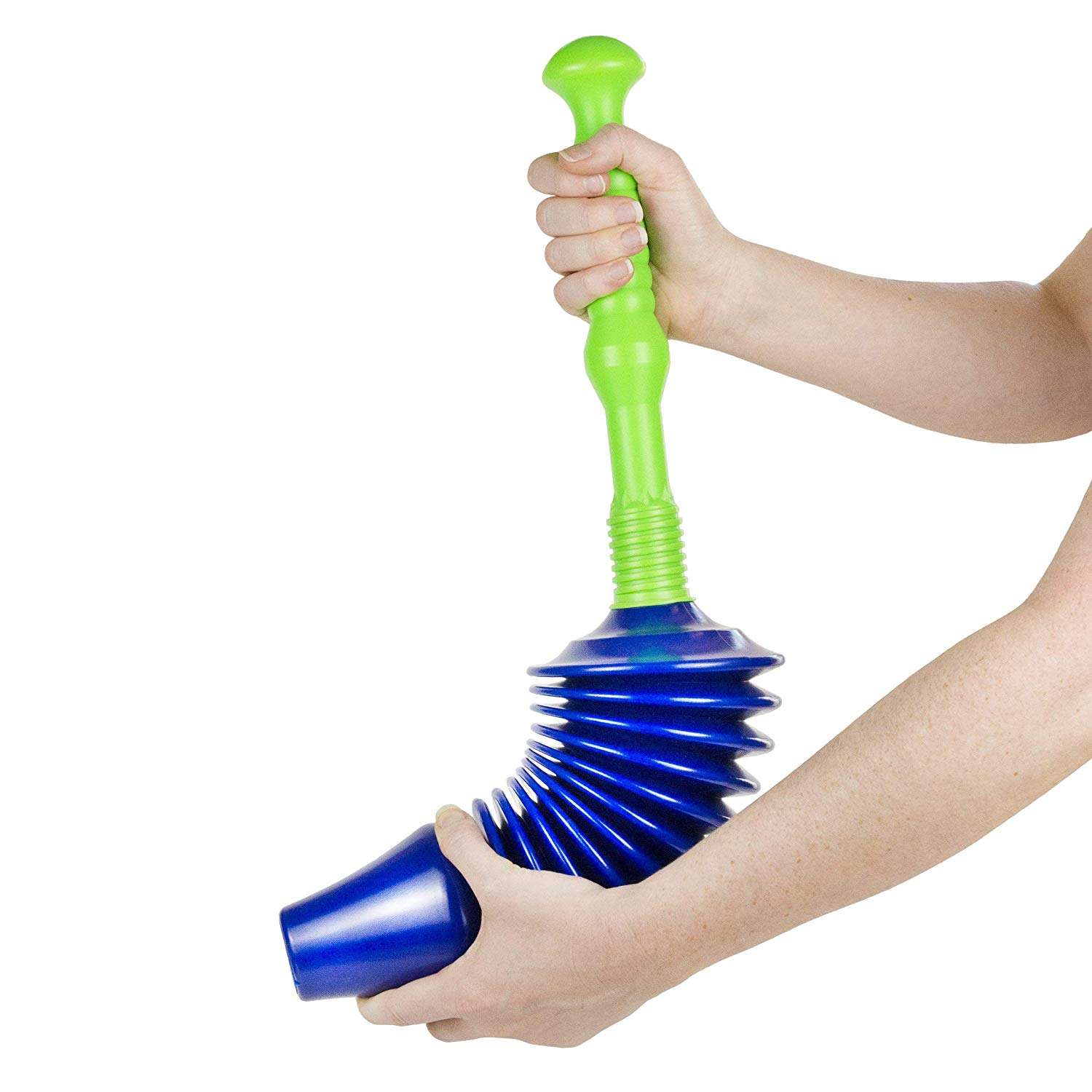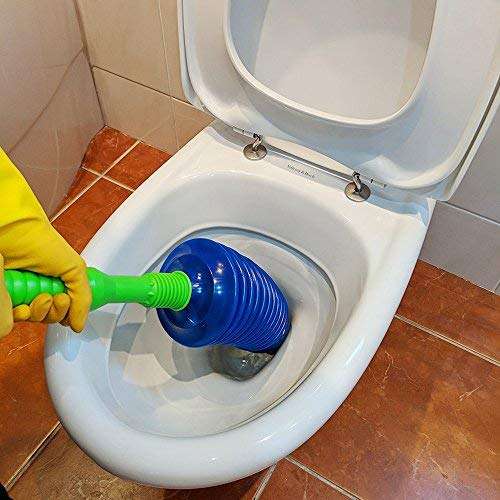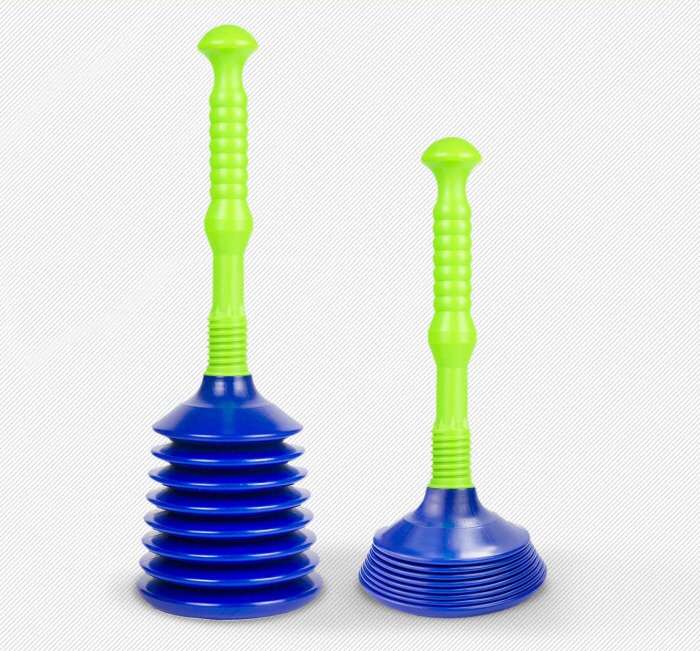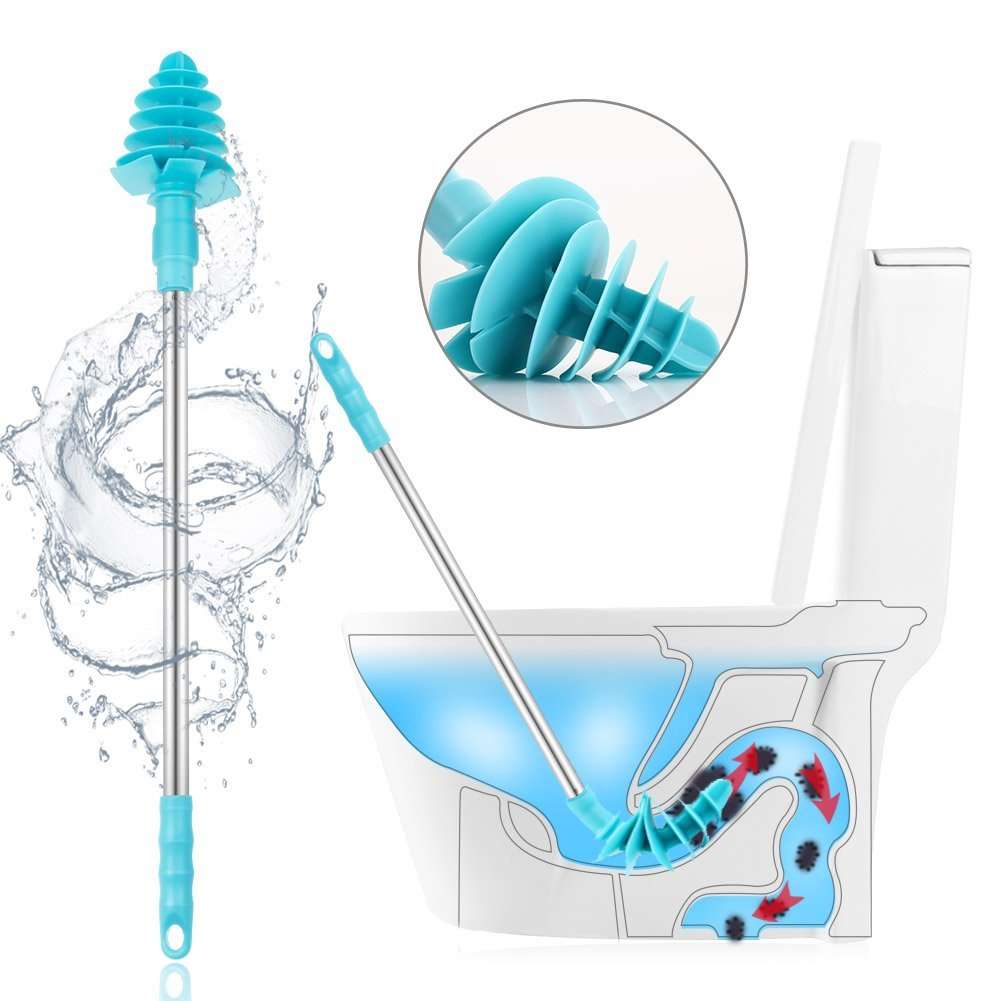Hi… our post today is about “How To Unclog A Toilet With A Plunger.”
Introduction
A clogged toilet can be a frustrating and embarrassing experience for anyone.
So in this article, we’ll discuss the steps that can be easily taken with the right tools and techniques at your disposal.
One of the most effective tools for unclogging a toilet is a plunger, and we provide some helpful tips for preventing clogs from happening in the first place.
Step 1: Gather Your Supplies
Before you start plunging, it’s essential to gather the necessary supplies. The most important tool you’ll need is a plunger. A simple device that uses suction to dislodge clogs in the system.
You can purchase a plunger at any hardware or home improvement store. Be sure to choose a plunger with a flange that can fit snugly over the toilet drain etc.
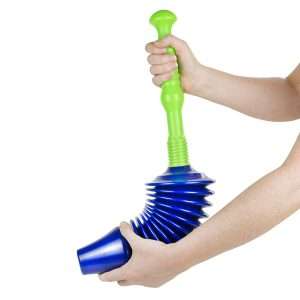
You’ll also need some rubber gloves, particularly if you’re squeamish about handling dirty toilet water. While not strictly necessary, gloves can make the process more hygienic and comfortable.
Step 2: Fill The Toilet Bowl With Water
The next step is to fill the toilet bowl with water. This may seem counterintuitive since you’re trying to remove water from the bowl, but adding water can help create more force when you plunge.
Use a bucket or pitcher to pour water into the bowl until it’s about halfway full.
Step 3: Create A Seal With The Plunger
Now it’s time to start plunging. Place the plunger over the toilet drain, making sure the flange creates a tight seal around the opening.
You’ll need to press down firmly on the plunger to create suction, which is what dislodges the clog. Be sure to keep the plunger level and centered over the drain.
How To Unclog A Toilet With A Plunger
Step 4: Plunge Up And Down
Once you have a good seal, start plunging up and down. Use a steady, rhythmic motion to create suction and pressure. The goal is to create enough force to push the clog through the drain and into the sewer line.
Be careful not to break the seal between the plunger and the toilet bowl. Breaking the seal will release the pressure you’ve built up and make it harder to dislodge the clog.
You may need to plunge several times before you notice any progress.
Step 5: Check For Progress
After plunging for a few minutes, stop and check for progress. If the water level in the bowl has gone down, you’re making progress. You may also hear a gurgling sound as the clog starts to break up.
If you don’t notice any progress, repeat the plunging process. You may need to plunge for several minutes before you see any results.
Step 6: Flush The Toilet
Once you’ve successfully dislodged the clog, flush the toilet to make sure the water is draining properly.
If the water drains slowly or the clog is still present, repeat the plunging process or try a different method of unclogging the toilet.
Five Tips For Preventing Toilet Clogs In The Home:
- Only Flush Human Waste and Toilet Paper: One of the most common causes of toilet clogs is flushing things down the toilet that aren’t meant to be flushed. Items like feminine hygiene products, wet wipes, paper towels, and even facial tissues can cause blockages in the drain. Only flush human waste and toilet paper down the toilet to prevent clogs from occurring.
- Use Less Toilet Paper: Using too much toilet paper at once can also cause clogs. To avoid this, use less toilet paper or switch to a brand that is designed to dissolve quickly in water.
- Install a Toilet Paper Holder: If you frequently find yourself tossing used toilet paper into the toilet bowl, consider installing a toilet paper holder within arm’s reach of the toilet. This will make it more convenient to dispose of used toilet paper in a waste bin rather than flushing it down the toilet.
- Clean the Toilet Regularly: A buildup of mineral deposits, hard water stains, and other debris can cause clogs over time. To prevent this from happening, clean your toilet regularly using a toilet bowl cleaner and a toilet brush.
- Consider Upgrading to a Low-Flow Toilet: Older toilets use more water per flush than newer models, which can increase the likelihood of clogs. Upgrading to a low-flow toilet can help reduce the amount of water you use per flush and prevent clogs from occurring. Additionally, low-flow toilets are more environmentally friendly and can help reduce your water bill.
How To Unclog A Toilet With A Plunger
We have listed here for you five types of toilet plungers / unblockers that are known to be very effective at unclogging toilets in the home or workplace.
The traditional cup plunger – this is the most common type of plunger that most people are familiar with. It has a rubber cup that creates suction when you press it down onto the drain opening. It can be used for toilets and sinks alike.
Buy the Nirox Set of 2 Plungers on Amazon
The accordion plunger – this type of plunger has a ribbed bellows that expands and contracts when you press down on the handle. The accordion shape allows for more force to be exerted when plunging, making it effective for tough clogs.
Buy The Luigi’s – World’s Best Toilet Plunger on Amazon
The flange plunger – this type of plunger has a soft rubber flange that extends from the bottom of the cup. This flange creates a seal around the drain opening, allowing for more suction and pressure to be applied.
Buy MR.SIGA Toilet Plunger and Brush Combo on Amazon
The power plunger – this type of plunger is similar to a cup plunger, but it has a motorized pump that creates powerful bursts of air to force the clog through the drain.
Buy the XREXS Drain Buster Toilet Air Plunger on Amazon
The toilet snake – while not technically a plunger, a toilet snake is a long, flexible wire that can be inserted into the toilet drain to break up and remove stubborn clogs. It’s best used as a last resort when traditional plungers are not effective.
Buy the RIDGID 3-Foot Toilet Auger Snake on Amazon
When choosing a toilet plunger, it’s important to consider the size of your toilet drain and the severity of the clog. It’s also important to choose a plunger made of durable materials that can withstand repeated use over time.
Helpful Tips & Tricks To Prevent Blockages At Home
Dealing with drain blockages can be quite frustrating! However, by implementing a few simple tricks, you can effectively prevent them from occurring.
One way to clear light blockages is by pouring boiling water mixed with detergent down the drain on a periodic basis.
Another effective preventive measure is to use a collection strainer in kitchen and bathroom drains to catch food scraps, hair, and other solids.
It’s also important to promptly remove any hair or food residues to prevent them from clogging the siphon.
To prevent blockages, it’s crucial to never dispose of sauces or fats in the sink or toilet, as hot fat solidifies and can cause blockages when it cools down.
Before cleaning a frying pan in the sink, be sure to first remove any excess frying fat using kitchen paper.
If you notice any gurgling or unusual noises coming from the drain, it’s important to act quickly to avoid major damage.
We have provided for you a long list of great products to choose from to help unclog toilets, sinks and bath plugs etc in the home.
Please follow the tips and tricks we have listed above to minimize the chances of getting blockages in your home plumbing system.

